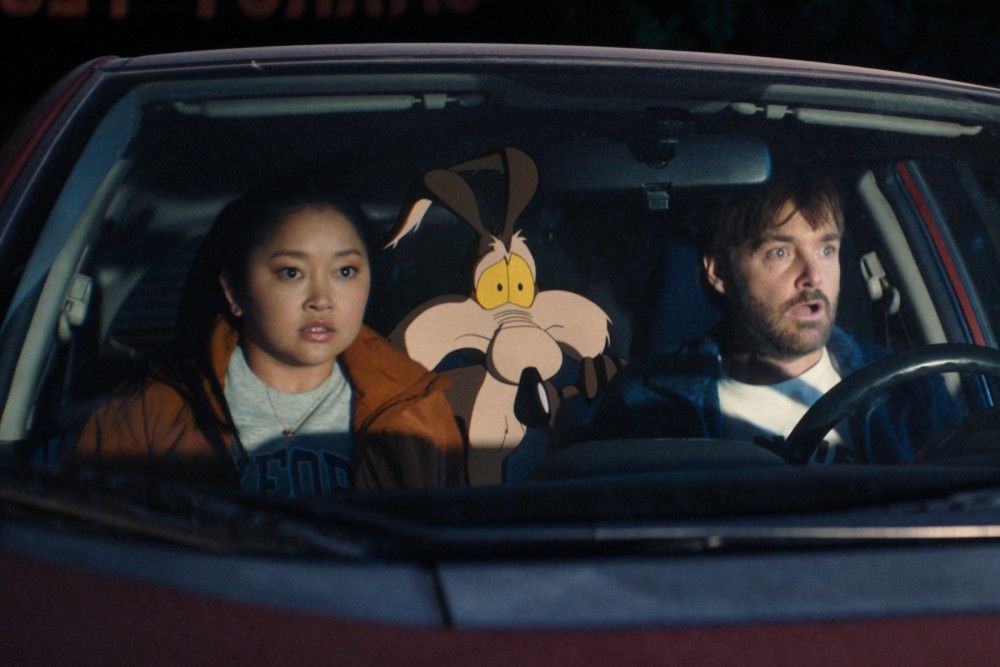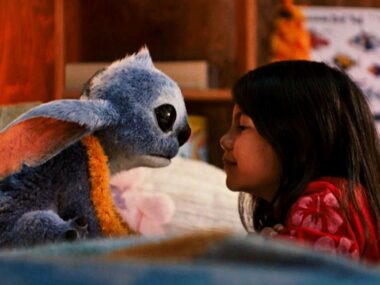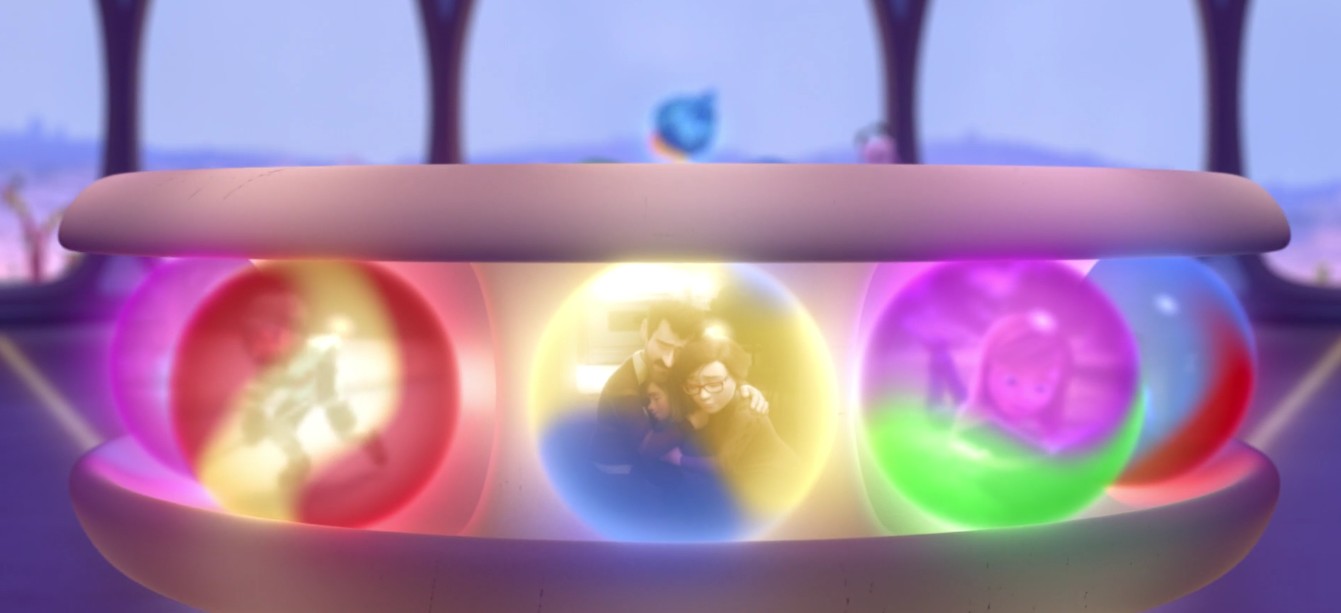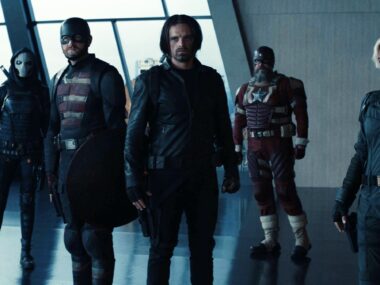Coyote vs. Acme should’ve been released by now. A clever, genre-blending comedy inspired by a beloved New Yorker satire and starring legacy Looney Tunes characters? That’s gold on paper but in November 2023, Warner Bros. abruptly shelved the completed film, choosing a $30 million tax write-off over letting audiences see it.
A Legal Comedy with a Looney Twist
For those just catching up, Coyote vs. Acme is a live-action/animation hybrid that brings Wile E. Coyote into the courtroom. After years of being blown up by Acme’s defective gadgets in his endless quest to catch the Road Runner, Wile E. finally sues the company. Will Forte plays his lawyer, John Cena defends Acme and Lana Condor also stars. Bugs Bunny, Porky Pig, and other Looney Tunes icons show up along the way.
The film is based on Ian Frazier’s 1990 satirical essay Coyote v. Acme, which imagined a legal brief outlining the Coyote’s case. That same darkly comic tone reportedly carries over here, where slapstick meets corporate litigation in a “David vs. Goliath” battle.
Test screenings were positive. Audiences responded to the film’s blend of nostalgia, physical comedy, and surprising emotional weight. Yet, none of that mattered to Warner Bros…at least not initially.
Why Was Coyote vs. Acme Shelved in the First Place?
Under new leadership, Warner Bros. Discovery had shifted its strategy toward big theatrical releases and was scrapping anything deemed financially uncertain, especially projects greenlit for streaming.
Coyote vs. Acme, Scoob! Holiday Haunt, and Batgirl became collateral damage in a corporate pivot designed to boost short-term revenue. The decision blindsided the cast and crew. It also sparked immediate outrage. Industry veterans, fans, and even other studios condemned the move as creatively reckless.
The backlash worked: Warner Bros. eventually allowed the filmmakers to shop the movie around. In 2025, indie distributor Ketchup Entertainment stepped in and acquired the rights. The film is now set to hit theaters August 28, 2026.
It’s a rare happy ending but getting there revealed just how fragile creative risk-taking has become in today’s Hollywood.
A Risk-inverse Film Industry
Post-pandemic, studios have become more cautious. Streaming is no longer the sure bet it seemed to be in 2020. Under CEO David Zaslav, Warner Bros. Discovery embraced theatrical blockbusters and ditched mid-budget originals. If a film doesn’t fit the new mold, scrap it and write it off.
What incentive do directors or producers have to pitch new ideas if there’s always a risk their finished work might be buried for a tax advantage? How can studios claim to nurture storytelling when they discard it for short-term gains?
Worse, it sends a chilling message to audiences: your excitement, nostalgia, and interest in original or hybrid stories don’t matter as much as the quarterly report.
The Animation Bias Is Alive and Well
For all its live-action trappings, Coyote vs. Acme is still an animated film at heart. Its near-demise shows that animation is still not treated as equal in Hollywood.
While audiences and creators alike have rallied behind the idea that “animation is cinema,” studio executives often don’t see it that way. Animation gets slotted into two categories: child-friendly franchises or risk-laden oddities. If it’s not a guaranteed hit like Minions or Spider-Verse, it’s a liability.
Since Zaslav took over, Cartoon Network and other animation divisions at Warner have faced brutal cuts. Entire shows have vanished from streaming. Despite the critical and commercial success of animated films, many executives still regard the medium as second-tier unless it’s part of a known IP or a billion-dollar brand.
Animation Deserves Better and So Do Audiences
The strange saga of Coyote vs. Acme tells us a lot about post-pandemic Hollywood. Financial caution is in, experimentation is out. Animation remains underappreciated. The only thing that seems to move the needle is loud, relentless advocacy.
However, it also shows how those efforts can work. A community of fans and creators can rescue a film from oblivion. There are still companies willing to champion creative risks.
I’m really hoping that Coyote vs. Acme thrives in theaters. Not just for the sake of the movie but to prove that studios were wrong to ever think of it as disposable. Because when you treat animation as expendable, you’re underestimating the art and you’re underestimating your audience.






